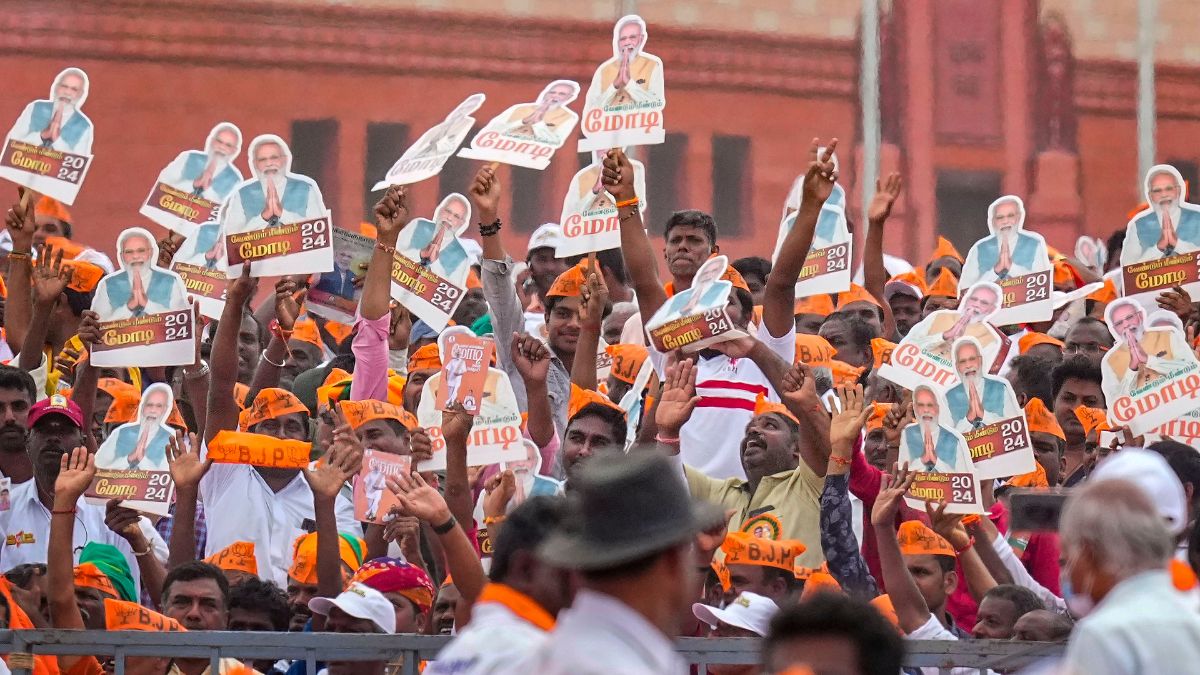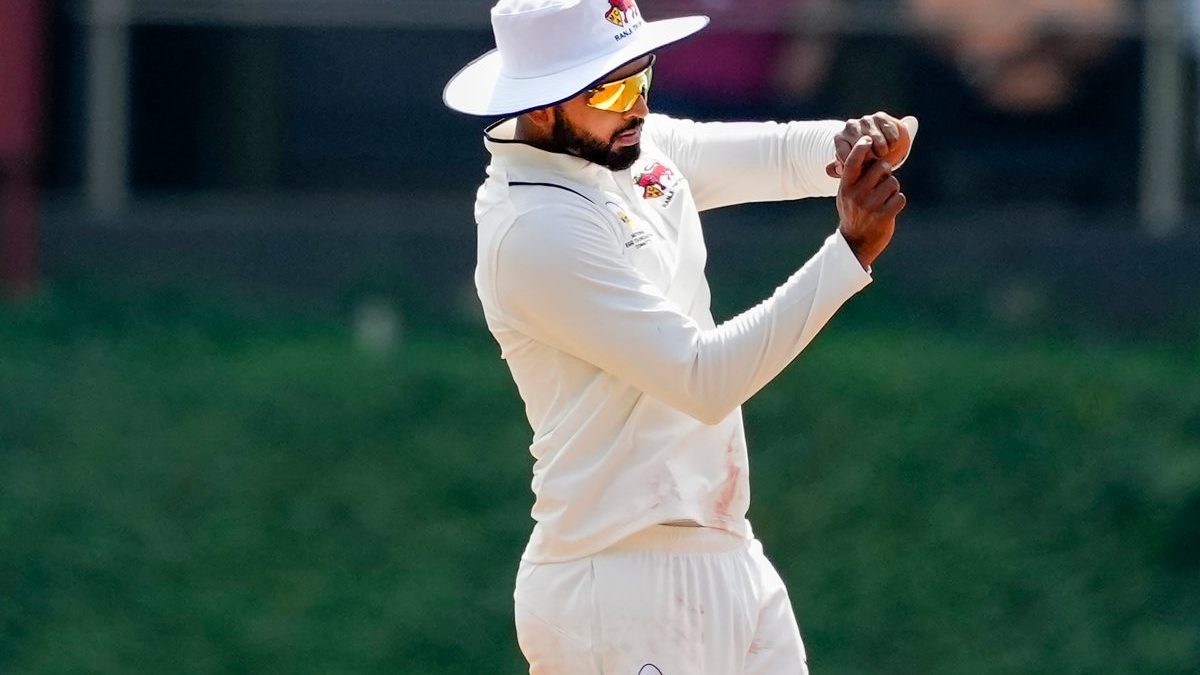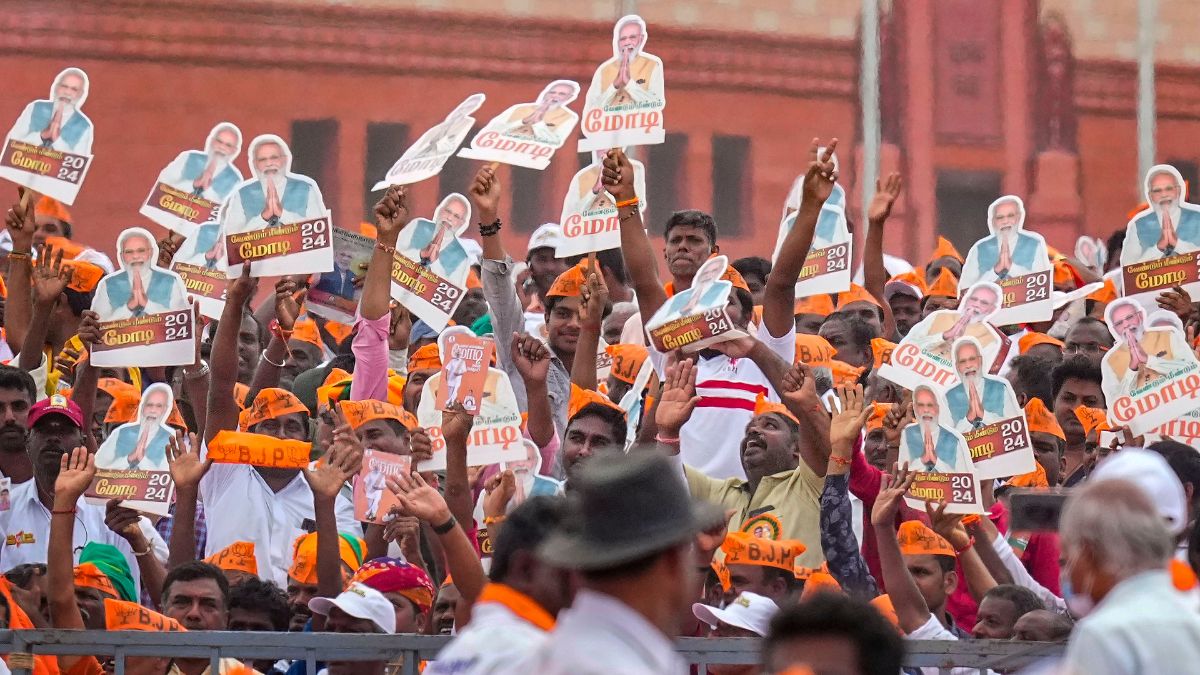Has one of the longest-standing area of problem in Indian limited-overs cricket been solved? Are we on the verge of finding an answer to the fiercest debate to grip the country since demonetization? Could the mystery of India’s middle-overs muddle be close to being lifted?
Okay, one good innings could always be an exception, and exceptions are not the rule – but if well begun is half done, Shreyas Iyer is halfway towards correcting India’s port of middle-order pain following his Sunday showing at Port of Spain.
He didn’t occupy the travailed and much-trialed number four position, but it isn’t just that individual spot that has been a bane for India in recent times. In 18 innings at the World Cup, India’s numbers four and five combined for a meager total of 414 runs – that’s 23 runs per innings, at a strike rate of 88.84 – without a single half-century, and only three scores above 35.
Remove the five occasions when Hardik Pandya was promoted to one of those spots, and the numbers go from meager to miserable: 13 innings, 288 runs, 22.15 per innings, strike rate 75.59, one score above 35.
From poor strike rotation to exorbitant dot-ball consumption to lack of ‘intent’, India’s middle-order inhabitants of recent times – and there have been many – have been a regular cause of mid-riff ache to an otherwise daunting ODI unit.
On Sunday, Iyer strode out to the middle in Trinidad with India having surrendered the momentum built by Virat Kohli in the batting powerplay to find themselves on 101/3 in the 23rd over, with number four incumbent Rishabh Pant once again putting no price on his wicket whatsoever; it was pretty much the sort of scenario from where they have seen more than a few recent ODI efforts plunge to a horrible downward spiral.
Of the first 18 deliveries he faced, only six were dots. After 40 balls, he had failed to score off just 14. At the end of the 40th over, dot balls had accounted for only one-third of his 51-ball stint in the middle.
As a result, despite having hit only five fours up to that stage, Iyer found himself on 55 off 51; his partnership with his skipper (125 in 19.1 overs from the 23rd to the 41st) was at above six-and-a-half runs per over despite coming in a period where India so often find themselves ambling at about four-and-a-half.
There wasn’t a shot in anger. Of his five fours, four came behind square on the off-side – one, a delectable ramp above the ‘keeper off Kemar Roach, possibly one of the shots of the day.
His eventual 68-ball stay would only yield six boundaries in all (a six to cap things off after the five fours) – that’s 26 runs – but he finished with a strike rate of 104.41.
The running between the wickets wasn’t one to set the world on fire, but there were 33 singles and six doubles, and with only 23 of his 68 balls faced – less than 35 percent – being dots, the scoreboard was always ticking.
Should it really come as a surprise to any of us? In five ODI innings prior to Sunday – none of which had come in the last 18 months – Iyer boasted 210 runs, averaging 42 and scoring 96 runs every 100 balls. Three of his knocks had come from number three (in a home series against Sri Lanka with Kohli rested), two from number five (away in South Africa). Three of those five innings had seen him cross 30.
Yet, he found himself out of the plans even amid the royal rumble that was the number four audition in the lead-up to – and during – the World Cup.
The 24-year-old’s List A record shows the template of his Port of Spain effort was more rule, less exception: an average of 43 and a strike rate of 93 after 73 innings, 23 of which have been scores of 50 or more, almost all coming while batting between number three and five.
While a completely different format, his T20 numbers also show something not very dissimilar – an average of nearly 32, and a strike rate above 130, from 100 career innings.
A strike rate of 81.54 in first-class cricket (where he averages 52.18, FYI) is perhaps the best indicator of the striking ability Iyer possesses, but if you want to sample his maturity above his years, look no further than his contribution in this year’s IPL. It’s easy for captains to assert their playing style over everyone else, but batting in the middle of Shikhar Dhawan, Prithvi Shaw and Rishabh Pant – all fierce shot-makers – the Mumbai lad went from aggressor to accumulator for the Delhi Capitals, and both his batting and captaincy had a lot to do with the Delhi franchise reaching the IPL playoffs for the first time since 2012.
Iyer’s 71 off 68, if looked at in the isolation of a scorecard, without the finer details and the minute look-back at his overall story, could appear flash-in-the-pan. But put into consideration all that you just read – does it, really, have the look of exception more than rule?
India’s number four experiment in their last four-year cycle, from the end of the 2015 World Cup to the end of the 2019 edition, saw them trial 13 batsmen at the ‘burning question’ spot over the course of 88 innings.
In their first completed ODI of a new four-year cycle, Shreyas Iyer didn’t occupy the vaunted position. Don’t be surprised, though, if he becomes the most-wanted man for the role in the time to come.
Even if he doesn’t, and he continues to occupy the number five vacancy, Iyer’s rotational ability is likely to make him a vital cog of India’s latest 50-over revolution.


)




)
)
)
)
)
)
)
)